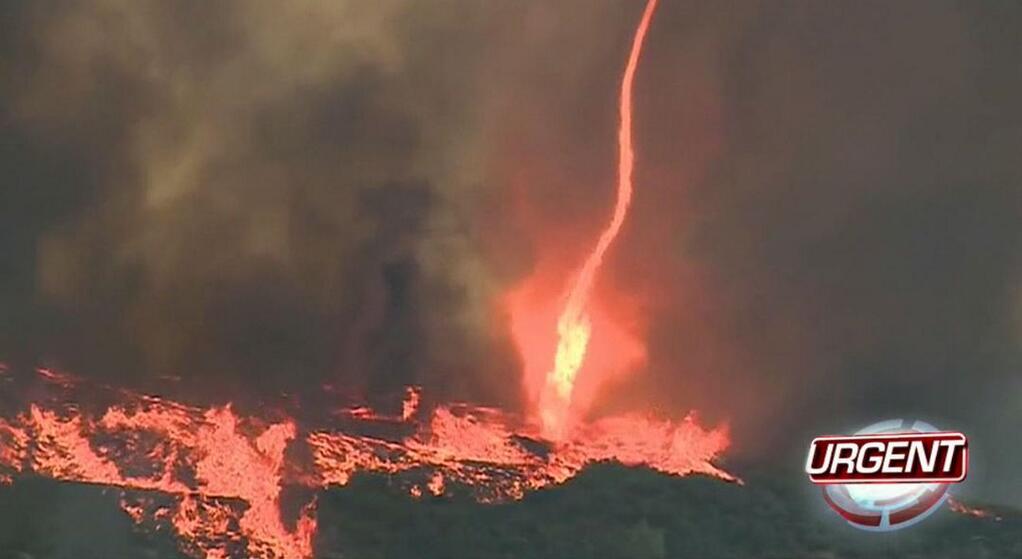California’s Imperiled Population
Published on May 20th, 2014
As a wildlife biologist, it’s only natural that I write volumes on how a massive and rapidly growing human population in California and elsewhere is imperiling wildlife populations and the habitats they need to survive.
 |
|
Icarus falling by Jacob Peter Gowy |
But for a moment I’d like to spare a few words on how that same bloated human population is imperiling itself and its own habitats.
Just as an excess of body weight (obesity) can harm a person’s health and even threaten his or her own existence, an excessive mass or number of human beings in aggregate (overpopulation) can adversely affect ecosystem health and harm the human population that depends on it. Both are cases of systems out of balance.
 |
|
Source: National Drought Mitigation Center |
In our ignorance and arrogance, Homo sapiens has behaved like Icarus in ancient Greek mythology. Giddy to be flying on the wings of wax and feathers fashioned by his father Daedalus, Icarus ignored his father’s admonition and soared too close to the sun, before plunging into the sea when the wax melted.
Full of hubris, industrial civilization has heedlessly ignored warnings; we have transgressed nature’s limits and boundaries, plunging recklessly into a red zone of risk, uncertainty, and danger.
And now 38 million Californians, their homes and belongings are ever more exposed to crisis and disaster. The entire state is now in “severe,” “extreme,” or “exceptional” drought, the three most severe categories. This is but a foretaste of the future predicted for our state by climatologists.
There is no more tragic example of this vulnerability than the fires that are currently sweeping San Diego County.
For decades, thousands of subdivisions with hundreds of thousands of homes – holding millions of California residents – have sprawled outwards, encroaching ever deeper into scrub and chaparral habitats. Fires are integral to these ecosystems; they sweep across them much as tides sweep across beaches, if not with the same frequency or regularity. But wildland fire managers refer to the “fire return interval,” bespeaking the cyclical nature of fire in these landscapes.
 |
|
Scorched hillsides in San Marcos in San Diego County, May 2014 |
By May 18, 11 wildfires had scorched 25,000 acres in San Diego County. The New York Times reported one of many sad stories, that of Jeff Brown, his brother, and grandmother, forced by deputies to flee the two homes they had lived in for more than four decades.
Mr. Brown was able to return in just an hour to discover that while his house was untouched, all that remained of his grandmother’s was its chimney. She had lost her entire book, jewelry, and family photograph collections, each of them irreplaceable.
There were reports too of fire tornadoes, or “firenados,” which can form in intense wildfires.
 |
|
Firenado in San Diego County, May 2014 |
Fires generate substantial heat, which rises into the air column. The heated air ascends even faster when surrounded by relatively cooler air on the perimeter of large fires, forming vortices in especially strong updrafts. If these vortices contain flames, voilà, we have a firenado.
State firefighters have already responded to 1,500 fires this year, twice the number of “normal,” and the fire season has just gotten started.
The National Climate Assessment released in early May predicted that as the century progresses, Californians will be exposed to increased warming, drought, wildfires and at the same time have to contend with decreasing water supply reliability for agriculture, municipalities, and ecosystems.
On top of all this, as a result of America’s misguided immigration policies supporting an “infinite ingress” of immigrants, California’s population is projected to grow by many millions more in the decades ahead, with no end in sight. What’s wrong with this picture?
And that’s not even including additional multitudes that will be added if the grossly misnamed “immigration reform” is ever passed by Congress and signed into law by Obama.
Talk about adding fuel to the fire!




